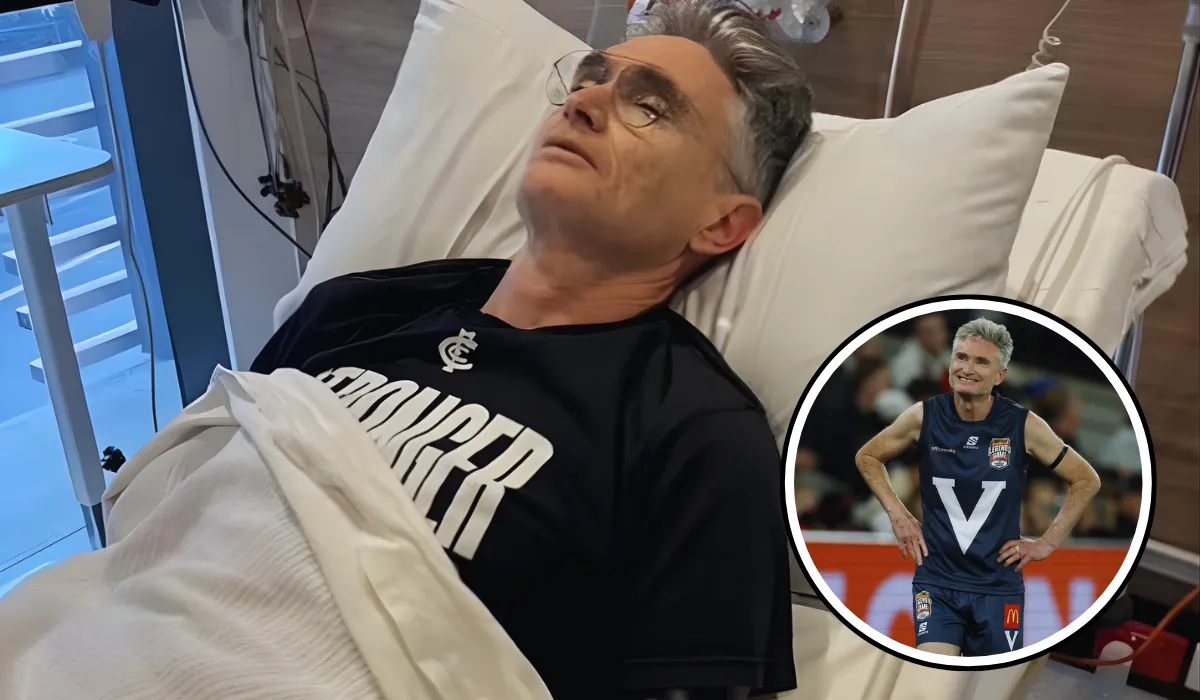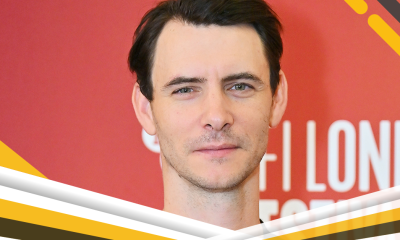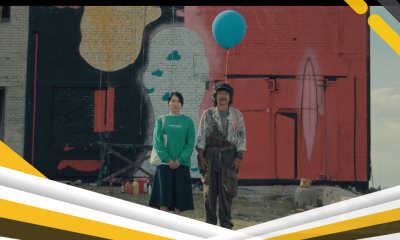Dave Hughes Returns to Hospital with Complications from Brutal Charity Match Injuries

As an observer of public figures and the events they participate in, I’ve been following the recent news surrounding Dave Hughes, affectionately known as ‘Hughesy’. It has come to my attention that Dave “Hughesy” Hughes is back in hospital just two months after sustaining brutal injuries during an AFL charity match, a development that undoubtedly raises questions about the long-term impacts of such sporting endeavors, even for a good cause.
This situation compels a closer look at the intersection of celebrity involvement, charitable initiatives, and the inherent risks of physical sports.
Dave Hughes Returns to Hospital with Complications from Brutal Charity Match Injuries
Here are some personal details concerning Dave Hughes:
| Detail | Information |
|---|---|
| Full Name | David William Hughes |
| Known As | Hughesy |
| Occupation | Comedian, Television Presenter, Radio Host |
| Recent Event | AFL Charity Match participation |
| Initial Injury Date | August 2025 (approximate, two months prior to current hospitalization) |
| Current Status | Hospitalized due to complications from previous injuries |
The Initial Incident: A Brutal Charity Match Encounter
In what was intended to be a spirited and benevolent event, Dave Hughes participated in an AFL charity match approximately two months prior to his current hospitalization. While the exact date and opponent remain details often secondary to the cause, I understand the game itself was marked by a collision that left Hughesy with significant injuries.
Reports indicated at the time that he had sustained several broken ribs and a collapsed lung, a stark reminder of the physical toll even recreational or charity sports can take. My analysis of such events often highlights the fine line between competitive spirit and player safety, particularly when individuals with varying degrees of athletic conditioning participate.
The immediate aftermath saw Hughes receiving medical attention and subsequently undergoing a period of initial recovery. These types of injuries, particularly to the chest cavity, are known for their painful nature and the critical need for careful monitoring during convalescence.
My research into sports-related trauma suggests that while acute injuries are often treated effectively, the body’s recovery process is complex and can sometimes be protracted, with unforeseen developments.
Complications Arise: Hughesy’s Unexpected Return to Hospital
Just two months following the charity match, the news broke that Hughesy had been readmitted to the hospital. This development points towards complications arising from his initial injuries.
While specific details regarding the nature of these complications are still emerging, such re-hospitalizations can stem from a range of issues including, but not limited to, infection, persistent fluid accumulation, delayed healing, or the exacerbation of pre-existing conditions influenced by the initial trauma. It’s a situation that underscores the unpredictable trajectory of recovery from severe physical impact.
From an analytical perspective, this progression is not uncommon in cases involving broken bones and internal organ trauma, where secondary issues can manifest weeks or even months after the initial incident.
My interpretation is that this return to the hospital highlights the often-unseen challenges faced by individuals recovering from significant injuries. The initial discharge from care typically signifies stabilization, but complete physiological repair is a marathon, not a sprint. This particular turn of events for Dave Hughes casts a spotlight on the importance of comprehensive follow-up care and patient adherence to recovery protocols, as well as the body’s individual response to trauma.
The Broader Impact: Celebrity, Charity, and Athlete Welfare
Dave Hughes’s experience brings into focus several critical angles beyond his personal health. Celebrities frequently lend their profiles to charity events, often participating in sports to draw larger crowds and raise more funds.
While the philanthropic intent is commendable, this incident prompts an analytical discussion about the welfare of these celebrity participants. Are sufficient safety measures in place? Are participants adequately screened for physical readiness? These are questions that extend beyond this specific case to the broader landscape of charity sports.
The public’s curiosity often lies in seeing beloved personalities engage in activities outside their usual domain. However, when these activities carry significant physical risks, it introduces a tension between entertainment value and participant safety.
My view is that event organizers have a substantial responsibility to mitigate risks, ensuring that the desire to create an engaging spectacle does not inadvertently jeopardize the well-being of those involved. The potential for injuries, and subsequent complications, serves as a sobering reminder of this responsibility.
A Look at Recovery and Rehabilitation
The journey of recovery from injuries such as broken ribs and a collapsed lung is typically intensive and demands considerable patience. Initially, the focus is on pain management and ensuring vital organ function. As healing progresses, rehabilitation often involves a gradual return to activity, sometimes including physiotherapy to restore mobility and strength.
The occurrence of complications, as seen in Hughesy’s case, can significantly extend this timeline and introduce new challenges. Patients might face prolonged periods of rest, additional medical interventions, and adjustments to their daily routines.
From an analytical standpoint, the psychological aspect of recovery should not be overlooked. Dealing with persistent pain, limited activity, and unexpected setbacks can be mentally taxing. Support systems, both medical and personal, play a crucial role in navigating these complex phases of healing.
While I cannot comment on Hughes’s specific prognosis, understanding the general recovery process for such injuries underscores the resilience required from individuals facing similar circumstances.
Conclusion
Dave Hughes’s unexpected return to the hospital for complications stemming from his AFL charity match injuries serves as a potent reminder of the inherent risks associated with physical sports, even when undertaken for noble causes. While the philanthropic spirit behind such events is deeply admirable, the well-being of all participants, including celebrities, must remain paramount.
My analysis suggests that such incidents should prompt organizers to continually review and enhance safety protocols, ensuring that the drive to entertain and raise funds does not inadvertently lead to serious, long-lasting consequences for the individuals involved. We collectively extend our well wishes to Dave Hughes for a comprehensive and speedy recovery, hoping for his swift return to full health.
FAQs about Charity Sports Injuries
While charity matches are often organized with good intentions and sometimes include less intense play than professional games, they still carry inherent risks of injury. The danger level can vary significantly based on the sport, the participants’ fitness levels, the intensity of play, and the specific safety protocols in place. Any physical contact sport, even for charity, holds the potential for serious injury.
Long-term complications from sports injuries can range widely depending on the type and severity of the initial trauma. For injuries like broken ribs and collapsed lungs, potential complications include chronic pain, reduced lung function, pleural adhesions (scar tissue), and susceptibility to further respiratory issues. Musculoskeletal injuries can lead to arthritis, chronic instability, or persistent weakness.
Ideally, celebrity charity games should implement several safety measures. These often include pre-game medical checks, qualified medical staff on-site, clear rules designed to minimize aggressive play, appropriate protective gear, and an understanding among participants of the risks involved. However, the rigor of these measures can vary significantly between different events and organizers.












